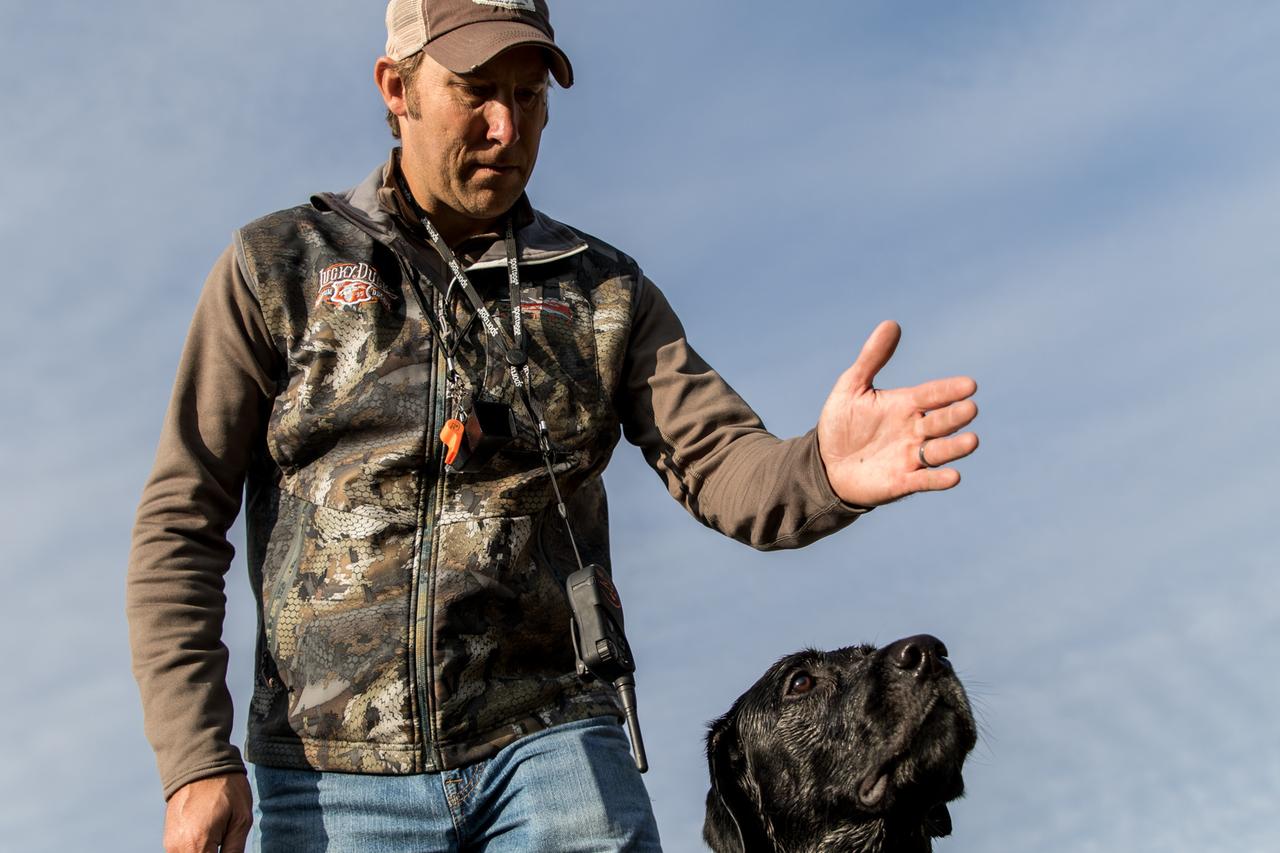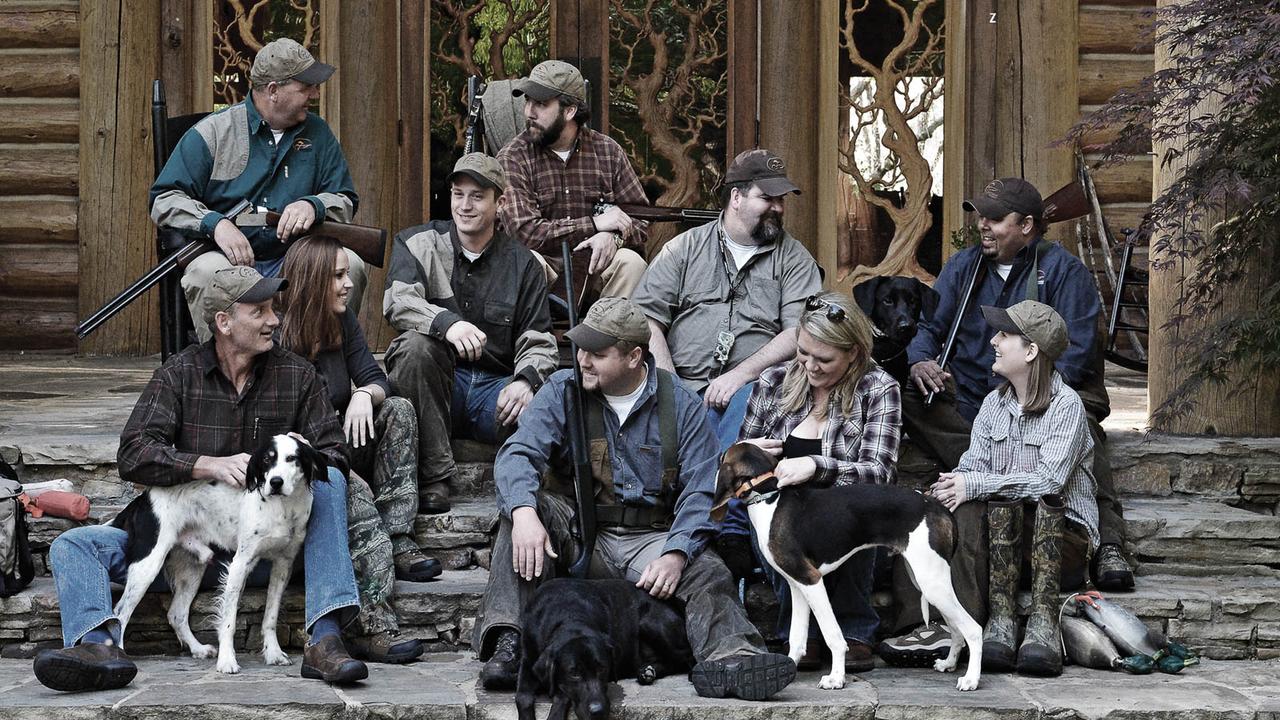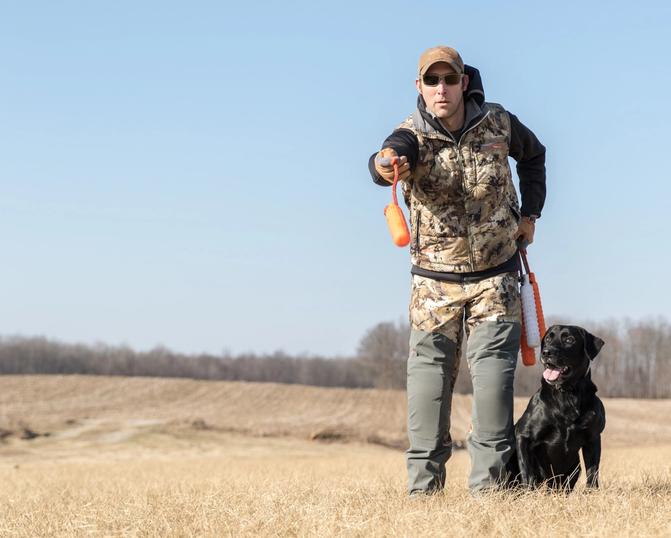
10 Mistakes in Gundog Training and How Not to Make Them - Part 1
Posted by The SportDOG StaffThe best thing about the years that we and our ProStaffers have spent training dogs is that we've made the mistakes. We extol the virtues of learning from mistakes because you'll glean more from them than your triumphs, but there's no reason you can't benefit from ours. We consistently emphasise the importance of consistency, repetition and patience, so we've tried to look beyond these in this series. Of course, that doesn't make those three any less crucial. They are the cornerstone of a sound training programme. Here are just a few additional errors you'd do well to steer clear of in your training:
Repeating Commands
We’ve all seen it happen: someone training their dog gives a command, sit for example, and the dog doesn’t listen the first time. Instead of immediately correcting this behaviour, the trainer says sit again, possibly louder and harsher. Even if the dog listens this go round, what he or she has learnt is that listening the first time is not a requirement. It’s like telling a teenager to tidy his room. If you don’t get on to them the first time they don’t listen, they learn that they really don’t need to tidy their room until Mum gets that tone. That’s not a good scenario. Your dog needs to know that every time a command is given, it should be followed. This not only makes for a better hunting experience, but it can save your dog’s life.
Training in Consistent Environments
There is nothing wrong with setting aside a particular training area for your dog, but it’s not good to set up the same conditions repeatedly. Like professional athletes must learn to compete in rain, snow, heat and the uncertainty of a happy or agitated crowd, so must your dog. If your dog has only been trained in quiet, fair conditions, it increases the likelihood that he will get confused when things go differently in the field.
Relying Solely on Praise
You should reward your dog. There's no question about that. When she does something right, a pat on the head, praise and even treats are totally acceptable. The downside to only using reward-based training though is that your dog might learn to only work for what she gets out of it...and sometimes she might not want anything. Yes, dogs want our approval and affection, but sometimes the desire to not listen will outweigh the desire to get some attention.
Relying Solely on Correction
By that same token, you can’t rely solely on correcting misbehaviours. Your dog does need to know when he has not appropriately completed a command, but relying solely on correction without rewarding positive behaviour is going to decrease your dog’s confidence and increase his reliance on you. Your dog wants to make you happy, and if he feels like all he does is get corrected he’s going to look to you more to ensure he is behaving appropriately. This will affect his ability to rely on his own instincts and confidence in the field/blind/woods/etc. Essentially, you’d end up with a trained dog, but he’d be like that quiet kid in the back of the class with mum issues. No one wants that.
Getting Angry
Dogs can be frustrating. They can be furry little teenagers that at times seem like their sole purpose is to infuriate you, but you’ve still got to keep a level head. Getting angry and shouting orders or stomping about is not doing either of you any good. Your mood will be a distraction. Your dog will be confused. It’s a lose-lose situation. If it’s just one of those days that you can’t seem to get through a session without wanting to sell your pup to the Amish, take a break. Put him away and pick up where you left off next time.
Have you made any of these mistakes in your training? How did you correct them? Make sure to check back next week to see the second part of this series.

The SportDOG Staff
Related Articles

